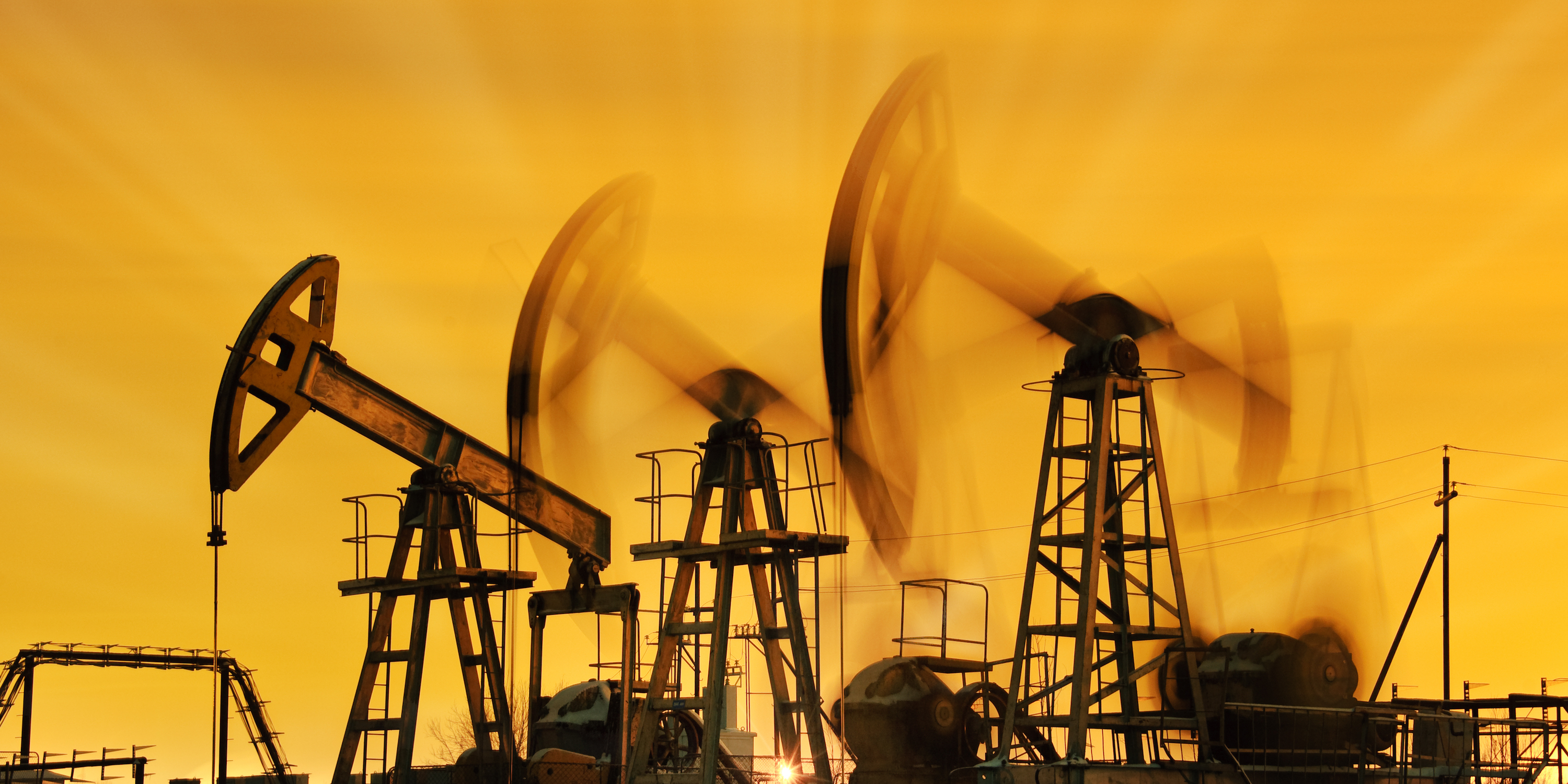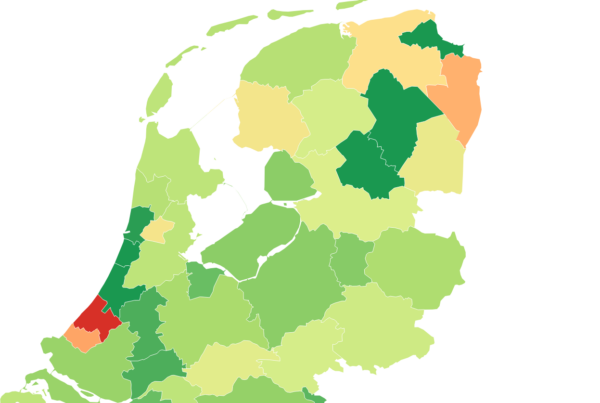
- Global oil demand is set to return to pre-pandemic levels in 2022, the International Energy Agency said.
- COVID will keep impacting demand due to continued outbreaks, unequal vaccination levels and societal shifts.
- Accelerating production in the US and OPEC+ countries will boost supply in 2022, the IEA said.
- Sign up here for our daily newsletter, 10 Things Before the Opening Bell.
Global oil demand is set to return to pre-pandemic levels by the end of 2022, but renewed COVID outbreaks and low vaccination levels in developing countries will make the recovery uneven, the International Energy Agency said on Friday.
The IEA issued its first forecast for 2022 in its monthly oil report, predicting that demand would build on 2021's growth of 5.4 million barrels per day and increase by an additional 3.1 million barrels per day in 2022, reaching 100.6 million barrels per day by the end of next year.
Recovery will however be uneven as COVID-19 continues to affect non-OECD countries with slower vaccination rates and the pandemic caused shifts in consumer behaviour.
"Continued teleworking in OECD countries […], higher electric vehicle sales and increased car efficiencies for new models will weigh on growth." the IEA believes, adding that ongoing border closures will also keep impacting fuel orders. They had slowed down significantly during the pandemic and associated lockdowns that prevented international and domestic travel.
Jet fuel and kerosene demand are therefore still expected to be 11% lower at the end of 2022 compared to before the pandemic. At the same time, LPG and ethane demand will rise around 5% above pre-pandemic levels and gasoline and diesel orders will rebound to their former standards.
The IEA left its outlook for 2021 demand mostly unchanged from last month. The more stable COVID-19 situation and continued recovery and economic reopening in OECD countries caused demand to rise in the first half of the year. However, slow vaccination rates in non-OECD countries led the IEA to reduce forecasts for the second half of the year.
Overall 2021 demand expectations were therefore lowered to 50,000 barrels per day, with annual growth now expected to be around 96.4 million barrels per day.
Global oil supply is set to grow more quickly in 2022, as the US is set to recover from two consecutive years of production declines and will account for much of the increase in supply from outside OPEC+. The IEA predicts non-OPEC countries will supply around 1.6 million barrels per day more next year, leaving OPEC+ to produce an additional 1.4 million barrels per day to meet growing demand.
"The boost in non-OPEC+ oil supply next year comes despite financial constraints and mounting pressure from climate activists and shareholders on major oil companies and independents," the report said.
In the shorter term, the IEA said OPEC+ may have to revise its current supply policies in the second half of 2021, as disparities between demand and supply start developing and are set to affect markets in the last quarter especially.
Finally, sanctions on Iranian oil exports will also play a role in increased supply. If Tehran can strike a deal with global powers over its nuclear activities and sanctions are lifted, Iranian crude could flood markets and make the country the biggest driver of supply growth in 2022, the agency said.











